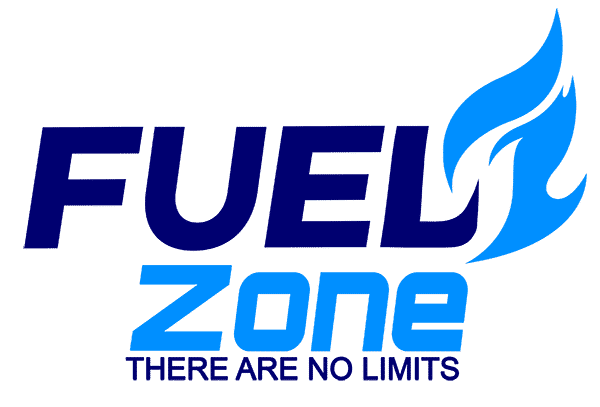The efficient distribution of fuel is critical for South Africa’s economy, ensuring industries, transport systems, and households remain powered. However, the diverse geography and infrastructure challenges in both rural and urban areas demand innovative solutions to enhance fuel delivery. This blog explores the challenges of distributing fuel in South Africa, the role of technology in logistics, groundbreaking innovations such as pipeline upgrades and alternative transport methods, and the future of fuel delivery in the country.
Challenges of Rural and Urban Fuel Distribution
- Rural Areas:
- Accessibility: Many rural regions lack well-maintained roads, making it difficult for tankers to deliver fuel efficiently.
- Infrastructure Limitations: Sparse storage facilities in remote areas increase reliance on frequent deliveries, raising costs and risks of supply interruptions.
- Demand Variability: Seasonal agricultural demand and unpredictable consumption patterns create logistical complexities.
- Urban Areas:
- Traffic Congestion: Delivering fuel to urban filling stations often involves navigating congested roads, leading to delays and higher transportation costs.
- Storage Constraints: Limited space in urban centers restricts the size and capacity of fuel depots, necessitating frequent replenishments.
- Environmental Concerns: Fuel spills and emissions during urban deliveries pose greater risks to public health and the environment.
Role of Technology in Improving Logistics
- Digital Supply Chain Management:
- Advanced software solutions enable real-time tracking of fuel deliveries, optimizing routes and reducing delays.
- Predictive analytics help anticipate demand fluctuations, ensuring timely replenishment of fuel stocks.
- Automation in Fuel Handling:
- Automated dispensing and loading systems minimize human error, enhancing safety and efficiency.
- Smart sensors in storage tanks provide real-time data on fuel levels, preventing overflows and shortages.
- Fleet Management Systems:
- GPS tracking and telematics improve the monitoring of tanker fleets, reducing fuel consumption and ensuring compliance with safety protocols.
- Blockchain Technology:
- Blockchain solutions enhance transparency in the fuel supply chain, reducing fraud and ensuring accurate record-keeping.
Innovations Like Pipeline Upgrades and Alternative Transport Methods
- Pipeline Upgrades:
- Pipelines remain the most cost-effective and efficient method for transporting large volumes of fuel. Upgrading existing pipelines with modern materials and monitoring systems can reduce leaks and theft.
- Transnet’s pipeline expansions in South Africa aim to connect refineries with inland markets, reducing reliance on road transport.
- Alternative Transport Methods:
- Rail Transport: Revitalizing fuel transport via railways can alleviate pressure on road networks, particularly for bulk deliveries to inland regions.
- Modular Delivery Systems: Smaller, mobile fuel delivery units are being deployed to serve remote locations and smaller markets efficiently.
- Green Transport Solutions:
- Electric and hybrid fuel tankers are being tested to reduce emissions associated with fuel distribution.
- Solar-powered fuel pumps in rural areas provide sustainable solutions for off-grid communities.
The Future of Fuel Delivery in South Africa
- Integrated Logistics Networks:
- Collaboration between fuel companies, logistics providers, and technology firms will create integrated networks capable of delivering fuel more efficiently.
- Digital platforms connecting suppliers and consumers can streamline order processing and reduce delivery times.
- Adoption of Renewable Energy:
- As South Africa transitions to cleaner energy, biofuels and hydrogen may play a larger role in the fuel mix, requiring new distribution methods and infrastructure.
- Increased Automation and AI:
- Artificial intelligence will drive further automation in scheduling, routing, and demand forecasting, enhancing efficiency and cost-effectiveness.
- Decentralized Energy Solutions:
- Localized production of alternative fuels, such as biogas and green hydrogen, will reduce the need for long-distance transportation, lowering costs and emissions.
Conclusion
The challenges of fuel distribution in South Africa are being met with innovative solutions that leverage technology, upgrade infrastructure, and explore alternative transport methods. By embracing these advancements, the country can create a more efficient, sustainable, and resilient fuel delivery system that meets the needs of its diverse population.
For more insights into fuel distribution and logistics, visit FuelZoneSA.
